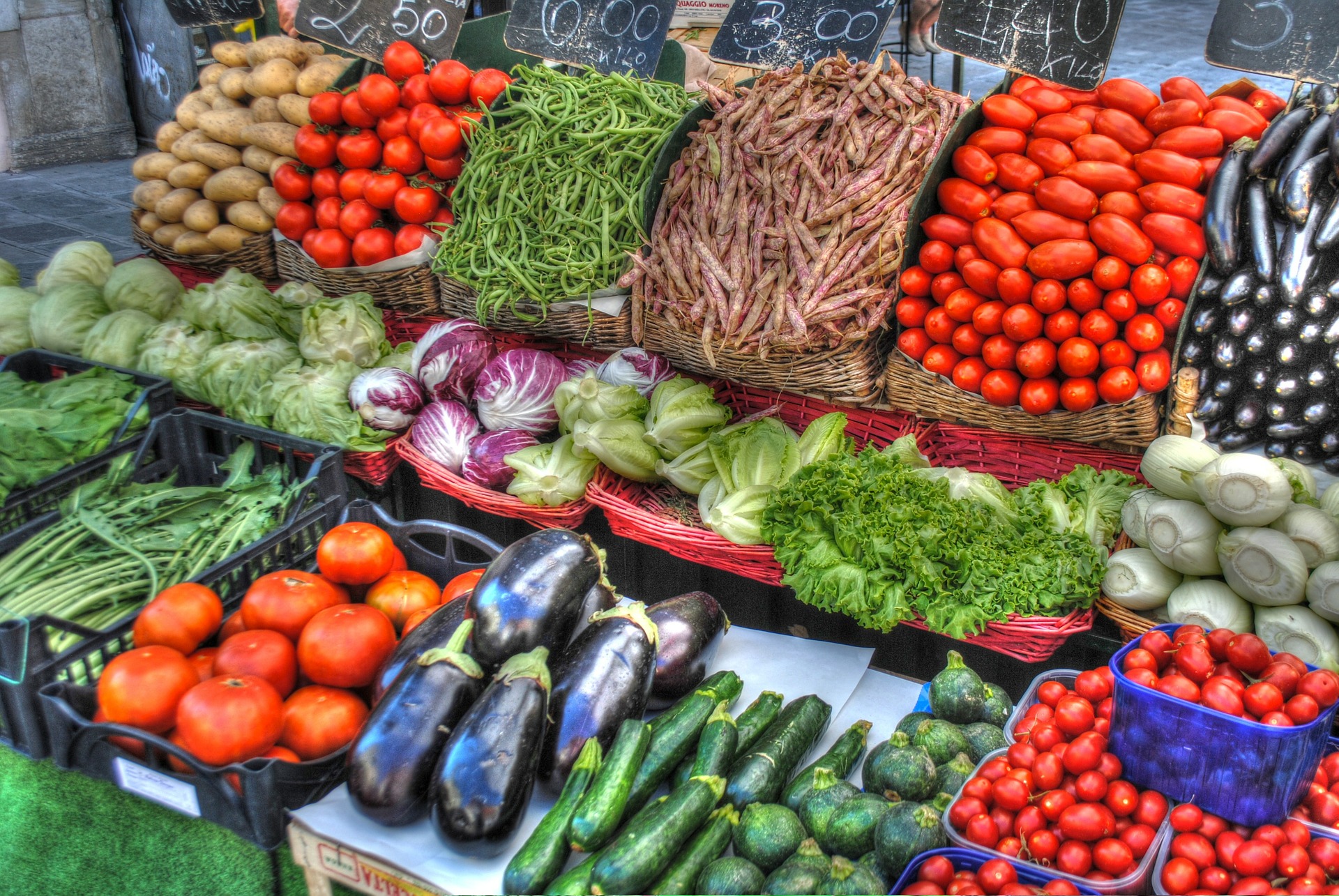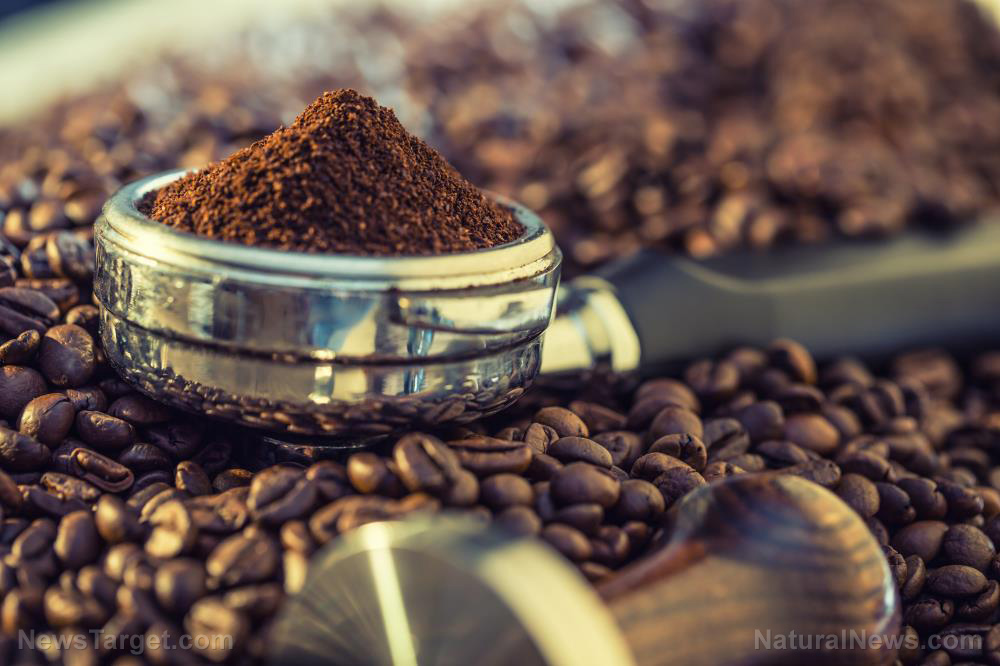It’s not too late: Study shows that reducing glycemic load can reduce the risk of diabetes, even for pre-diabetics
06/13/2019 / By Evangelyn Rodriguez

Diabetes is one of the most prevalent chronic diseases around the world. It is also one of the leading causes of death in many countries, affecting one in four people over the age of 65. People with diabetes are at significant risk of developing diseases that affect various organs, such as the eyes, the liver, the kidneys, and the heart, which is why the early diagnosis and prevention of diabetes is the focus of many studies. A recent study conducted by researchers from Sun Yat-Sen University in China investigated the case of pre-diabetics and the dietary intervention that could benefit them the most. They demonstrated the importance of glycemic load (GL) and how it could affect the incidence of diabetes in pre-diabetic people. The results of their study were published in the journal Nutrition Research.
Reducing GL can help lower pre-diabetics’ risk of diabetes
In their study, the researchers examined the longitudinal associations between changes in GL and the incidence of diabetes among pre-diabetic patients. According to them, only a few prospective studies evaluating the association between GL and diabetes have accounted for changes in GL. They believe that the diet of patients could be modified in response to an awareness of pre-diabetes. They hypothesized that subjects with low and high baseline GL would show different correlations with diabetes. (Related: New study looks at the anti-diabetes potential of autumn olive.)
To test their hypothesis, the researchers recruited a total of 493 pre-diabetic patients (142 men and 351 women) aged between 40 and 79. They obtained dietary records and conducted oral glucose tolerance tests on the pre-diabetics every year for four years. They also divided the participants into low- and high-GL groups based on baseline GL. During a median four years of follow-up, they reported a total of 108 incident cases of diabetes.
Among those with a high baseline GL, the incidence of diabetes increased as GL reduction decreased, and the multivariate-adjusted HR (95 percent CI) was 2.34 (1.27–4.29) when comparing the lowest to the highest tertiles. However, among those with a low baseline GL, the researchers observed no significant association. Regardless of baseline GL status, the incidence of diabetes was higher in patients with a high follow-up GL than in those with a low follow-up GL, and the multivariate-adjusted HR (95 percent CI) was 1.64 (1.09-2.45).
Based on their findings, the researchers concluded that GL reduction is associated with a lower diabetes risk in pre-diabetic patients with a high dietary GL, while in patients with pre-diabetes and a low dietary GL, further reductions in GL do not have any additional effects. Reducing dietary GL, therefore, can help pre-diabetics with a high GL prevent their symptoms from developing into full-blown diabetes.
What is glycemic load?
When people eat foods rich in carbohydrates, their blood sugar levels go up. The extent it rises depends on the type of carbohydrates — the basis for glycemic index (GI) — and how much carbohydrates they consumed. The combination of both factors is represented by GL, which is computed as the value of [GI x carbohydrates (in grams) per portion] divided by 100. Determining GL is the best way of comparing the blood glucose values of different types and amounts of foods.
Although GL is very useful for scientific research, GI is the value that diabetics and overweight people often use. This is because a diet with a low GL may be full of healthy low GI carbohydrates but contain too much protein or unsaturated fats, such as those found in some discretionary foods. On the other hand, choosing low GI foods allows people to select low GL food anyway; hence, people with diabetes are recommended to and follow dietary interventions based on GI.
However, while assessing GI ensures that a diabetic’s diet contains balanced amounts of carbohydrates, fats, and proteins, GL is still useful for determining which foods and portions are suitable for maintaining good blood sugar levels. GL can be particularly useful for patients that have specific meals quite often or if they are trying new meals and are unsure of how the foods may change their blood glucose levels.
Sources include:
Submit a correction >>
Tagged Under:
alternative medicine, anti-diabetes, blood glucose levels, blood sugar, carbohydrates, diabetes, diet, dietary intervention, disease treatments, fats, food cures, food is medicine, glycemic index, glycemic load, incidence of diabetes, natural cures, natural medicine, overweight, pre-diabetes, prevention, research, sugar
This article may contain statements that reflect the opinion of the author
RECENT NEWS & ARTICLES
COPYRIGHT © 2017 PREVENTDIABETES.NEWS
All content posted on this site is protected under Free Speech. PreventDiabetes.news is not responsible for content written by contributing authors. The information on this site is provided for educational and entertainment purposes only. It is not intended as a substitute for professional advice of any kind. PreventDiabetes.news assumes no responsibility for the use or misuse of this material. All trademarks, registered trademarks and service marks mentioned on this site are the property of their respective owners.





















